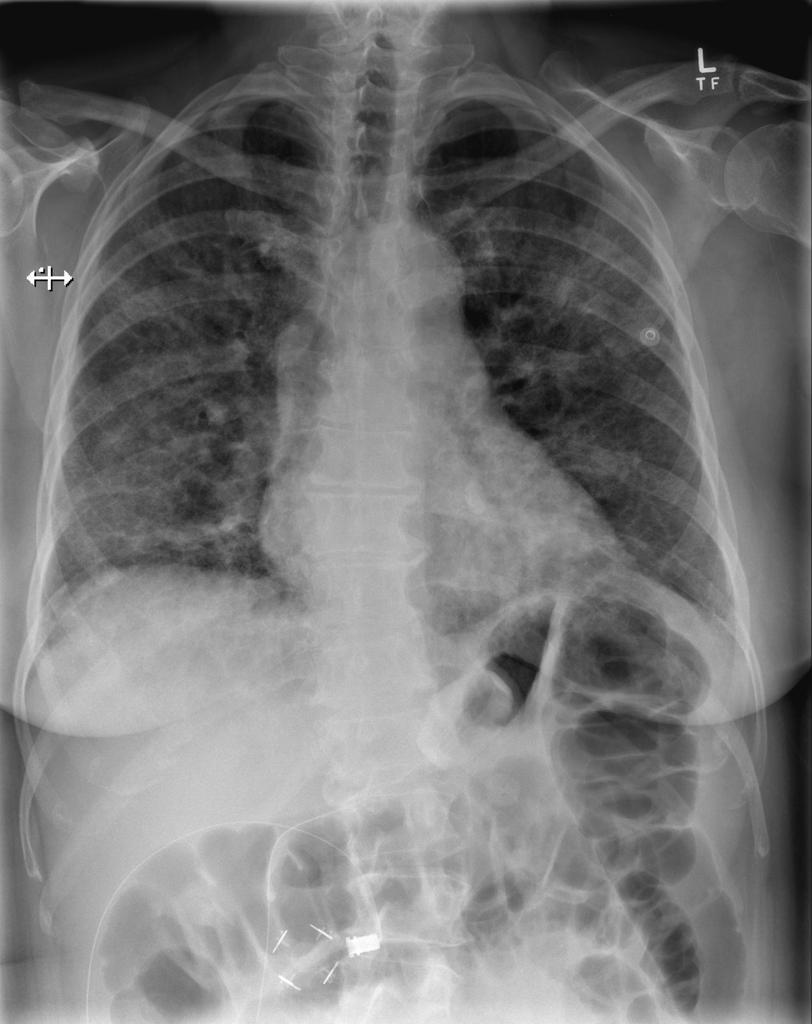Fat embolism syndrome chest x ray
|
Fat embolism syndrome Microchapters |
|
Diagnosis |
|---|
|
Treatment |
|
Case Studies |
|
Fat embolism syndrome chest x ray On the Web |
|
American Roentgen Ray Society Images of Fat embolism syndrome chest x ray |
|
Risk calculators and risk factors for Fat embolism syndrome chest x ray |
Editor-In-Chief: C. Michael Gibson, M.S., M.D. [1] Associate Editor(s)-in-Chief: Feham Tariq, MD [2]
Overview
Chest X-ray in fat embolism syndrome is done in fat embolism to rule out the complications such as acute respiratory distress syndrome and any other possible diagnosis, for example, pulmonary embolism or pulmonary edema. It takes 12-24 hours for the abnormalities to appear on chest X-ray which include bilateral air space opacities, snow-storm appearance, increased pulmonary vascular markings and dilated right heart.
Chest X Ray
In majority of the cases, chest X-ray is normal. It takes 12-24 hours for the abnormalities to appear on chest X-ray, which include the following:[1][2]
- Bilateral diffuse air space opacities
- Fleck-like pulmonary shadows (snow-storm appearance)
- Increased pulmonary markings
- Dilated right side of the heart
Gallery

References
- ↑ Ong SCL, Balasingam V (2017). "Characteristic imaging findings in pulmonary fat embolism syndrome (FES)". BMJ Case Rep. 2017. doi:10.1136/bcr-2017-223007. PMID 29170189.
- ↑ Newbigin K, Souza CA, Torres C, Marchiori E, Gupta A, Inacio J; et al. (2016). "Fat embolism syndrome: State-of-the-art review focused on pulmonary imaging findings". Respir Med. 113: 93–100. doi:10.1016/j.rmed.2016.01.018. PMID 26895808.